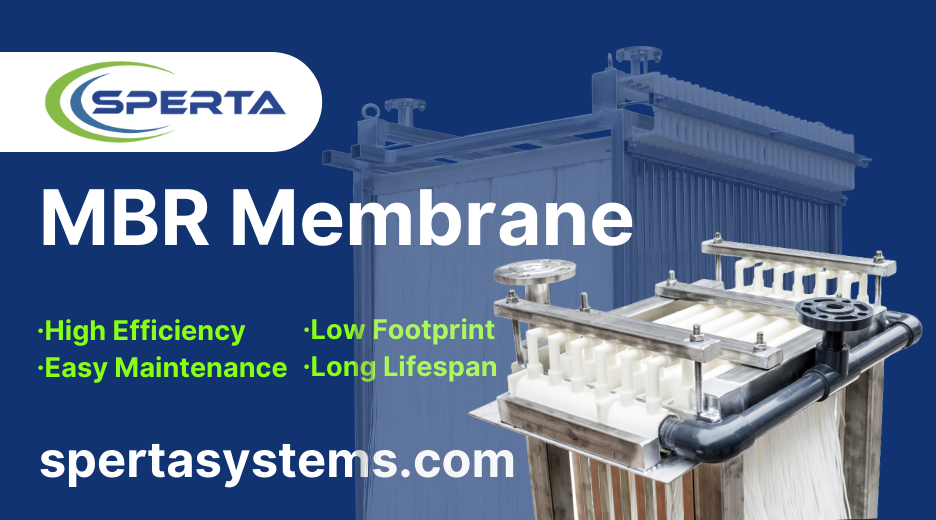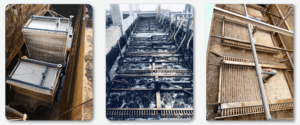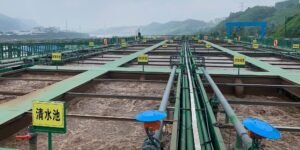Denitrification and phosphorus removal processes are increasingly utilized in wastewater treatment. The exceedance of total nitrogen (TN) levels in treated water frequently presents operational challenges. Thus, grasping and managing the critical aspects of the denitrification process is essential for ensuring seamless system functionality and adherence to effluent standards.
Sludge Load and Age
Since biological nitrification is a prerequisite for biological denitrification, only good nitrification can achieve efficient and stable denitrification. Thus, the denitrification system must adopt a low or ultra-low load and use a high sludge age.
Internal and External Recirculation Ratio
The biological denitrification system’s external recirculation ratio is smaller than the biological nitrification system. This is because most of the nitrogen in the influent wastewater has been removed, and the NO–N concentration in the secondary clarifier is not high. On the other hand, the denitrification system’s sludge settles faster. To ensure the required return sludge concentration, the recirculation ratio can be reduced to extend the wastewater’s stay in the aeration tank. Well-operated wastewater treatment plants can control the external recirculation ratio below 50%, while the internal recirculation ratio is generally controlled between 300% and 500%.
Anoxic Zone Dissolved Oxygen
For denitrification, it is better that DO is as low as possible, ideally zero, so that denitrifying bacteria can “fully” perform denitrification, improving nitrogen removal efficiency. However, from the actual operation of wastewater treatment plants, it isn’t easy to control the DO in the anoxic zone below 0.5 mg/L, thus affecting the biological denitrification process and the total nitrogen index in the effluent.
BOD5/TKN
Denitrifying bacteria perform denitrification while decomposing organic matter. Therefore, the wastewater entering the anoxic zone must contain sufficient organic matter to ensure the smooth progress of denitrification. Due to the lagging construction of supporting pipe networks in many wastewater treatment plants, the influent BOD5 is lower than the design value. At the same time, nitrogen, phosphorus, and other indicators are equal to or higher than the design value. This makes the influent carbon source unable to meet the denitrification demand for carbon sources, leading to frequent occurrences of total nitrogen exceedance in the effluent.
Temperature and pH
Although denitrifying bacteria are not as sensitive to temperature changes as nitrifying bacteria, denitrification effects also vary with temperature changes. The higher the temperature, the higher the denitrification rate, reaching a maximum of 30 to 35°C. When the temperature falls below 15°C, the denitrification rate significantly decreases, and denitrification tends to stop at 5°C. Denitrifying bacteria are less sensitive to pH changes than nitrifying bacteria. They can perform normal physiological metabolism within a pH range of 6 to 9, but the optimal pH range for biological denitrification is 6.5 to 8.0.
The above is the information about the causes and solutions of Total Nitrogen(TN) exceedance in wastewater treatment. If you still have related questions, please feel free to contact SPERTA.
Shanghai SPERTA Environmental Technology Co., Ltd. has specialized in producing water treatment products for many years. The company has its own MBR membrane technology, a complete technical team, and pre-sales and after-sales service. If you have any needs, please feel free to contact us.









